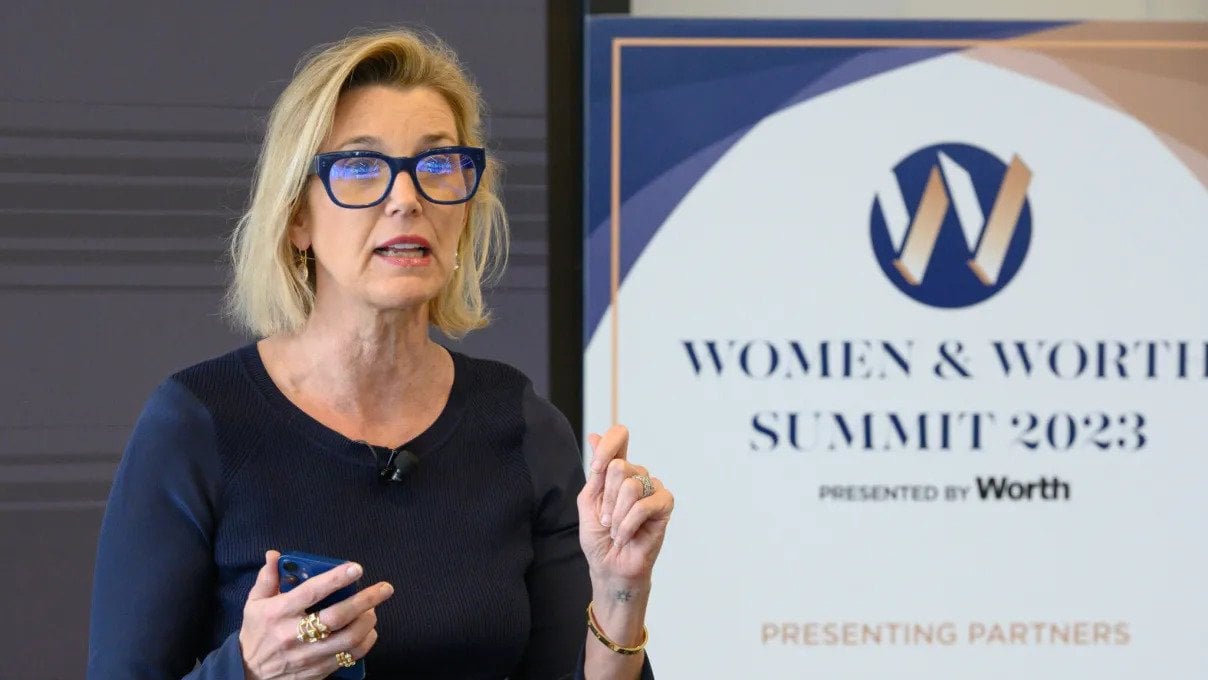We are facing a crisis in commerce — especially for digital content. Content businesses of all kinds — first news and music, and now TV — are looking to reinvent themselves as the ad model faces increasing consumer resistance and subscription revenue in many cases seems elusive. Clickbait, mindless engagement, and fake news are driving out quality content in a last gasp for diminishing ad dollars. That threatens not only our economy, but our very democracy.
We all recognize one key way that digital has changed our world: Customers think content should be free (or cheap), but providers know it is costly to create. No happy solution for setting prices is apparent, so providers are turning to customized dynamic pricing, trying to psych-out the highest price each consumer might be willing to pay. Entice them with introductory subscription deals, then raise prices, and offer new deals if they seek to cancel — a vicious, zero-sum cycle.
But as currently applied dynamic pricing will be a dead end because it slams into the other key way that digital is changing our world: Our digital world empowers consumers with information. It facilitates continuing commercial relationships with enlightened companies — those that thrive on win-win cooperation to create and share value.
Current approaches to dynamic pricing are inherently consumer-hostile: unilateral ploys to secretly suck out all of the value surplus that each consumer can be enticed to yield. That is a short term, zero-sum game: avoid engagement on value propositions, and hope the consumer will not recognize their power. Something has to give.
We must build win-win relationships that use cooperation, trust, and transparency to nurture customer lifetime value (CLV). We must reconcile the abundance of “free” digital content with the cost of creating valuable content. Some experts point toward a new social contract in which consumers accept the need to support the creation of the journalism, music, and other content that they desire. But we are still stuck with outdated thinking. Instead of fighting the new abundance of digital value with artificial scarcity, we must fully exploit it.
We must rethink two key questions:
- Who decides the price? Over the past century, we have come to presume that it should be the business. We forget that throughout most of human history prices were set jointly by buyer and seller (and auctions still do that). In desperation, some have turned that power over to the buyer, to pay what you want (which seems crazy, but works surprisingly well in some situations).
- When do we decide the price? We presume that the price must be set before we decide to buy. But digital content is an experience good — we don’t know what an item is worth to us until we experience it. So we risk being disappointed by pre-set prices — and we discount for that risk.
This who and when also applies to packaging, a related aspect of value propositions (e.g., do you need to decide now which TV channels you can watch next month?).
Ideally, prices for digital content should be set jointly, after consumption. If only we had some supernatural pricing demon that could understand the value we get in our own individual context as well as the cost to create it, and work out a fair sharing of the value surplus between the business and each consumer.
My work on a new strategy called FairPay suggests one way to do that. The core idea is to recognize that this requires a new kind of repeated game that seeks to build cooperation — to build a continuing relationship that works for both sides.
Consider this evolution in how we could handle subscriptions:

- From today’s conventional repetition game: “Here is our monthly price, take it or leave it. We hope you will take the risk — and be satisfied enough to continue this game.”
- To the FairPay game: “We will grant you the power to pay what you think fair for you after each month’s use — but we will continue that game (beyond a few trial cycles) only if we agree that you are being reasonably fair.”
Why not try this for selected services? First for services seen as valuable and deserving of support (journalism, music, premium offerings, retention deals). Also for segments where customers appreciate value and seem disposed to be fair (news junkies or super-fans, for example). Conventional pricing can be retained as a fallback for those who do not play the game fairly. Providers can suggest prices and nudge customers to recognize the value they get. Ask them what they valued and validate that with usage data. Factor in the value of their attention and data.
Strange as this may seem, it is really a return to the traditional cooperative norms of the village market. Behavioral economics shows that most people are disposed to fairness — to pay fairly even when they don’t have to. Think of it as an invisible handshake. Computer-mediated dialog can facilitate these relationships. The AI and machine learning that enables dynamic pricing can also learn to treat each customer as a segment of one, and can make it easy to conduct dialogs about value that soon converge at acceptable levels (and then run largely on autopilot).
If we can build such a value-sharing game, we will support our content services with a warmer, more human, market capitalism.
Richard Reisman is the president and founder of Teleshuttle Corporation. His book, FairPay: Adaptively Win–Win Customer Relationships, introduces a new relationship-value-centered revenue strategy.















